A month ago, Remnant: From the Ashes was released. When creating it, Gunfire Games studio was looking for a balance between a cooperative passage, a linear plot and a randomly generated environment. Read more in this squeeze.
Gamasutra editor Bryant Francis spoke with John Pearl, Design Director of Remnant: From the Ashes. The interview took place as part of the game stream on the GDC channel.

Remnant: From the Ashes is a third—person shooter in a post-apocalyptic setting. It takes place both solo and in a group (no more than three players). The game can be called a loot shooter, but Gunfire prefers the term “research shooter”, where the player not only hunts for valuable weapons, but also studies the environment.
By the way, the environment in Remnant is randomly generated with each new passage. According to the idea of Gunfire, this increases its replayability.
About 70 people worked on the creation of the game.
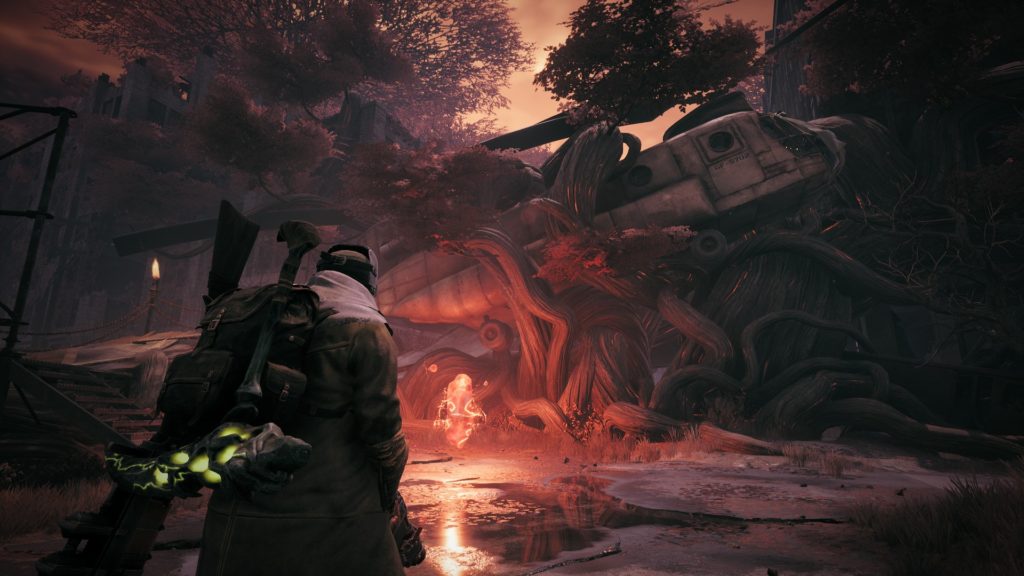
The origins of the project
- Gunfire’s management has been hatching the idea of a game inspired by Dark Souls for years, but based on shooting and procedural generation of worlds. In fact, the studio itself was founded so that one day it would release such a project.
- Before working on Remnant: From the Ashes, the studio deliberately released several “simpler games”, as John Pearl notes. The goal was to run in, test a number of ideas and mechanics in order to then use them in a dream project. Among such “light versions of Remnant” is From Other Suns, a VR first—person shooter. It allowed us to debug the basic technologies of random generation and gain experience to create a cooperative for three people. From there, some toolsets migrated to Remnant.
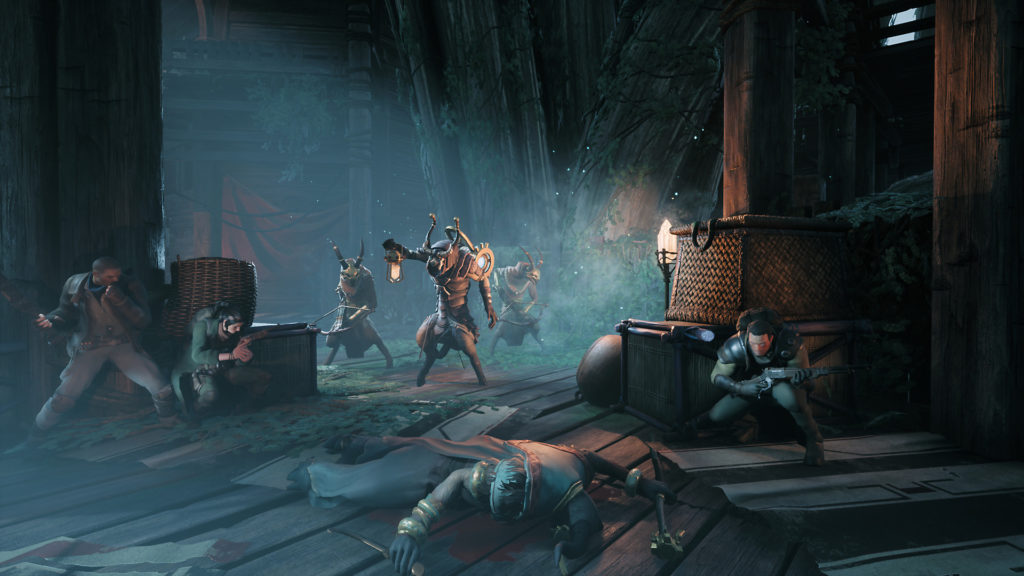
The role of Dark Souls
- The developers do not hide that Remnant is inspired by Dark Souls. Yes, these are games of different genres, but if you look at the combat system, the similarity is obvious. In Remnant, the outcome of the battle is determined by only a few missed hits by the player. He has to dodge a lot with the help of somersaults and monitor endurance.
- Nevertheless, Gunfire had no task to copy the Souls series. One of the key differences was shooting. The second is the already mentioned procedural generation, the basis of the whole game. In addition, there is a cooperative walkthrough in Remnant, and there is much more loot in it than in FromSoftware games.

The significance of procedural generation
- The plot in Remnant is linear. Nevertheless, the game, according to Gunfire, should be replayable and not bore the player through one or two passes. The already mentioned random generation system played a crucial role in this.
- This system also encourages research. The four main worlds of Remnant are constantly changing, and with a single run through them (and in a group, too), players can look into corners they haven’t seen before and find new useful loot*.
* By the way, if the game is a loot shooter, then it’s better to work out the loot properly, according to Gunfire; the weapons found should differ from each other not only in color or damage level, but be truly unique.
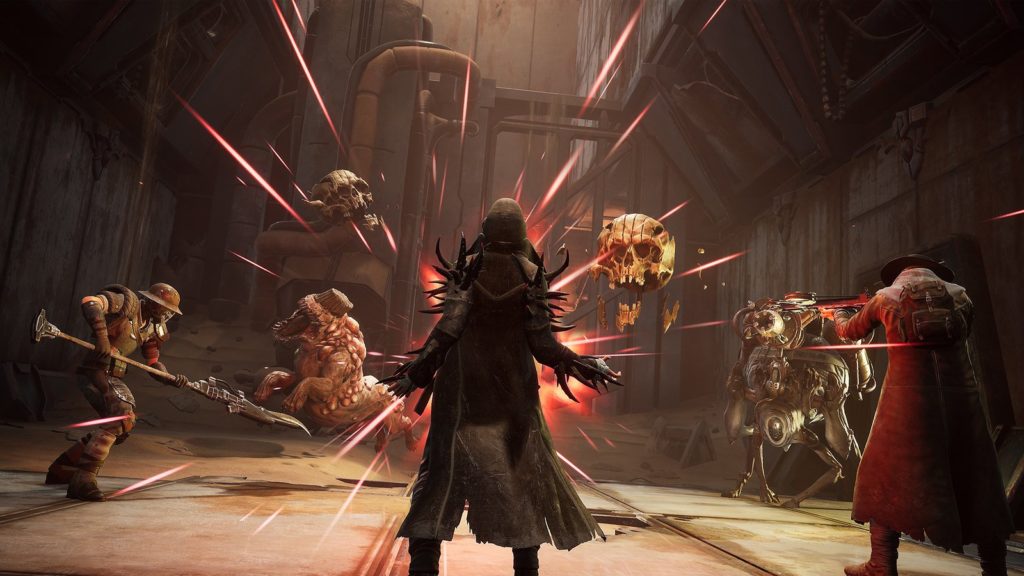
- Souls-style battles and environment generation add up to the creation of unusual combat situations. A player or group may find themselves in a place where there is little room for maneuver, not enough shelters, or they are easily destroyed by the boss. But sometimes a new environment can create difficulties for the boss and other opponents.
- Of course, it’s not easy to embed fixed elements into a random environment. This is what Pearl called “micro-level design.” The environment is generated using manually created tilesets. During the tests of the game, the team assessed how well the system placed certain tiles. For example, one of them should not have been repeated in large areas of the location. The other one looked so successful that, on the contrary, it was multiplied.

- There were also difficulties with visual indicators. Sometimes the system generated buildings and streets in which the player was instantly lost.
- Of course, a competent combination of random environment and linear history is also a big task. Therefore, the random generation system also affects some side effects related to the main plot. During playtests, the team was faced with the fact that quest NPCs disappeared in some worlds (or quests were simply not issued). This bug had to be fixed after the release — with patches.
- According to Pearl, it was the debugging of the generation system that was the greatest difficulty during development.
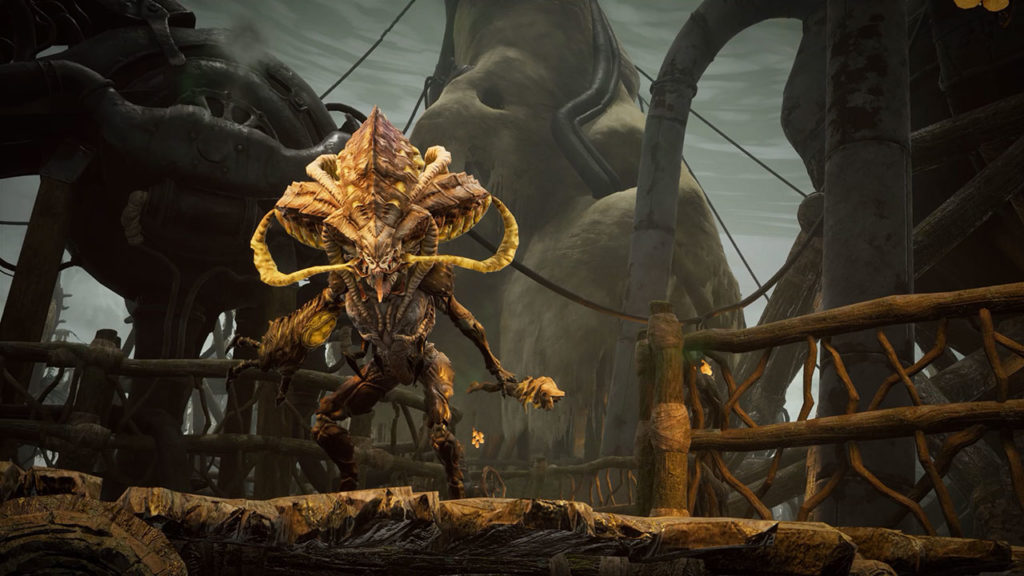
For one or for three?
- Gunfire wanted Remnant to adjust situations for both single and group playthroughs. It’s not enough to just take one opponent and just make him three times stronger, says Pearl. The AI of the game not only increases damage, health and other factors to opponents, but also adds various enhanced monsters to the boss battle. The bosses themselves are not “sponges for bullets”, and battles with them require a certain strategy.
- Realizing that Remnant is focused mainly on shooting enthusiasts, the developers paid the most attention to the shooter aspect. They took into account the experience of others, studying the best and just good projects in the genre. The developers spent a lot of time on the impact of opponents so that the reaction of different monsters to a shot at different parts of the body was noticeably different. They also worked out the responsiveness of the character to the player’s actions.
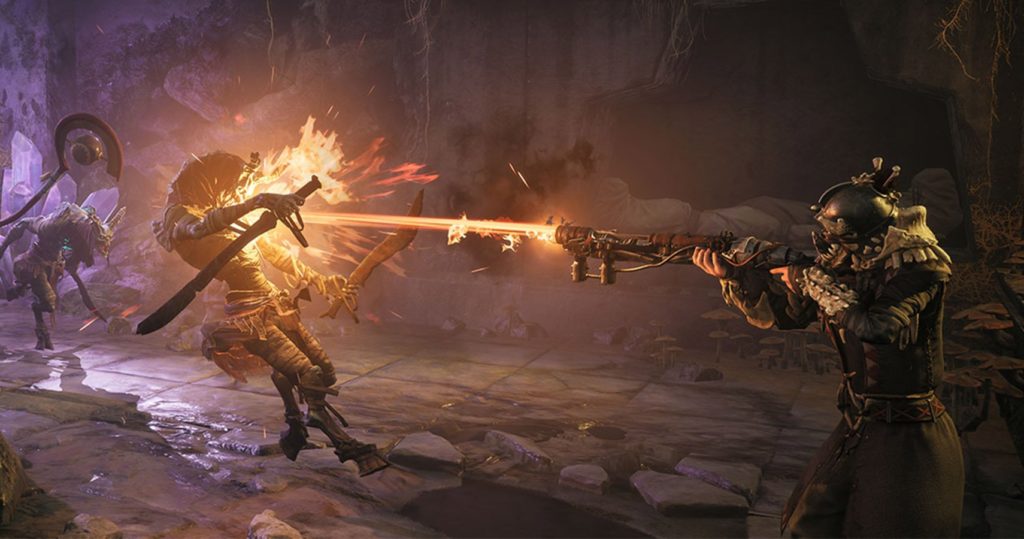
- In Remnant, players are mostly focused on shooting, and such a game needs a special narrative approach. “Many users like to chat with voiced NPCs or dive into ENT,” said Pearl, “but many also came just for shooting.” So the task of the scriptwriters was not to delay the dialogues with the NPCs issuing quests, so that the player would not think: “How much you have to click …”
- For the reason stated above, there are not many cut scenes in the game. By the way, the cinematography of Gunfire was practiced on Darksiders III. The tools for creating cut scenes used in this title were very useful in the development of Remnant.
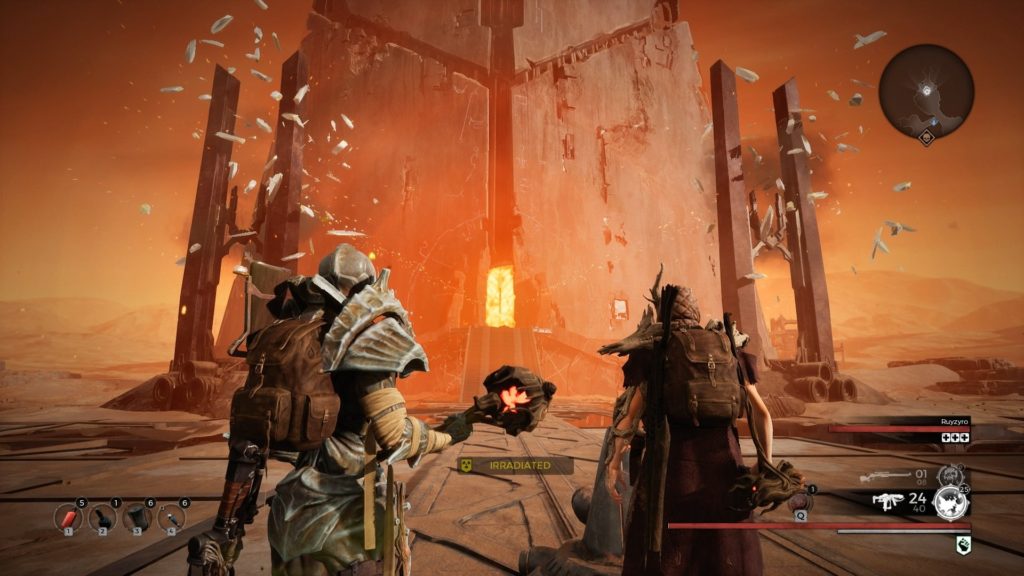
And one more thing
- Finally, Pearl gave advice to other shooter creators: “Don’t be afraid to spend a lot of time on things that are really important.” First of all, he meant the shooter component, and called the rest secondary.
Remnant: From the Ashes was released at the end of August on PC, PS4 and Xbox One. The project received 78 points from critics on Metacritic. The user rating on the site turned out to be lower, although the game is rated “mostly positively” on Steam.
